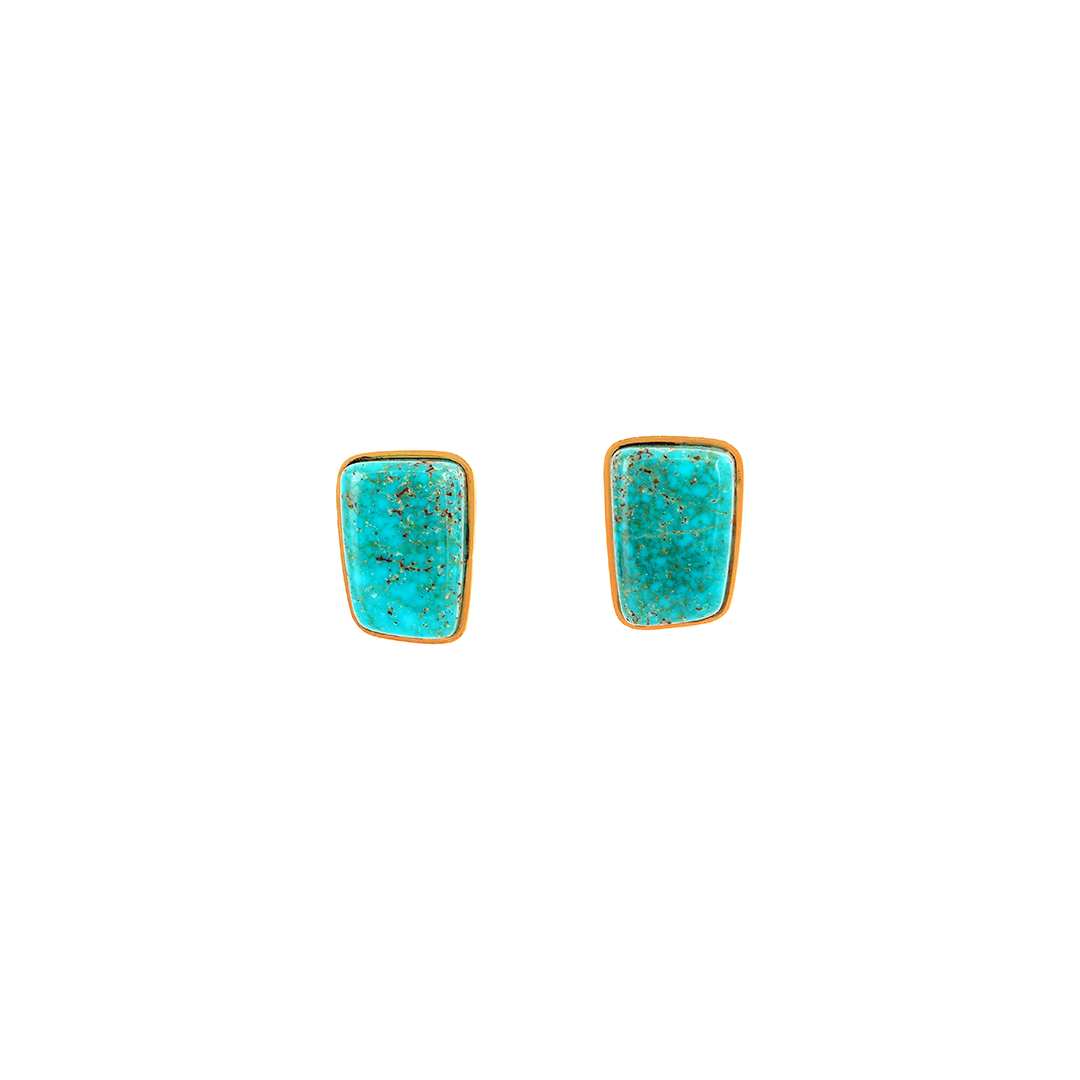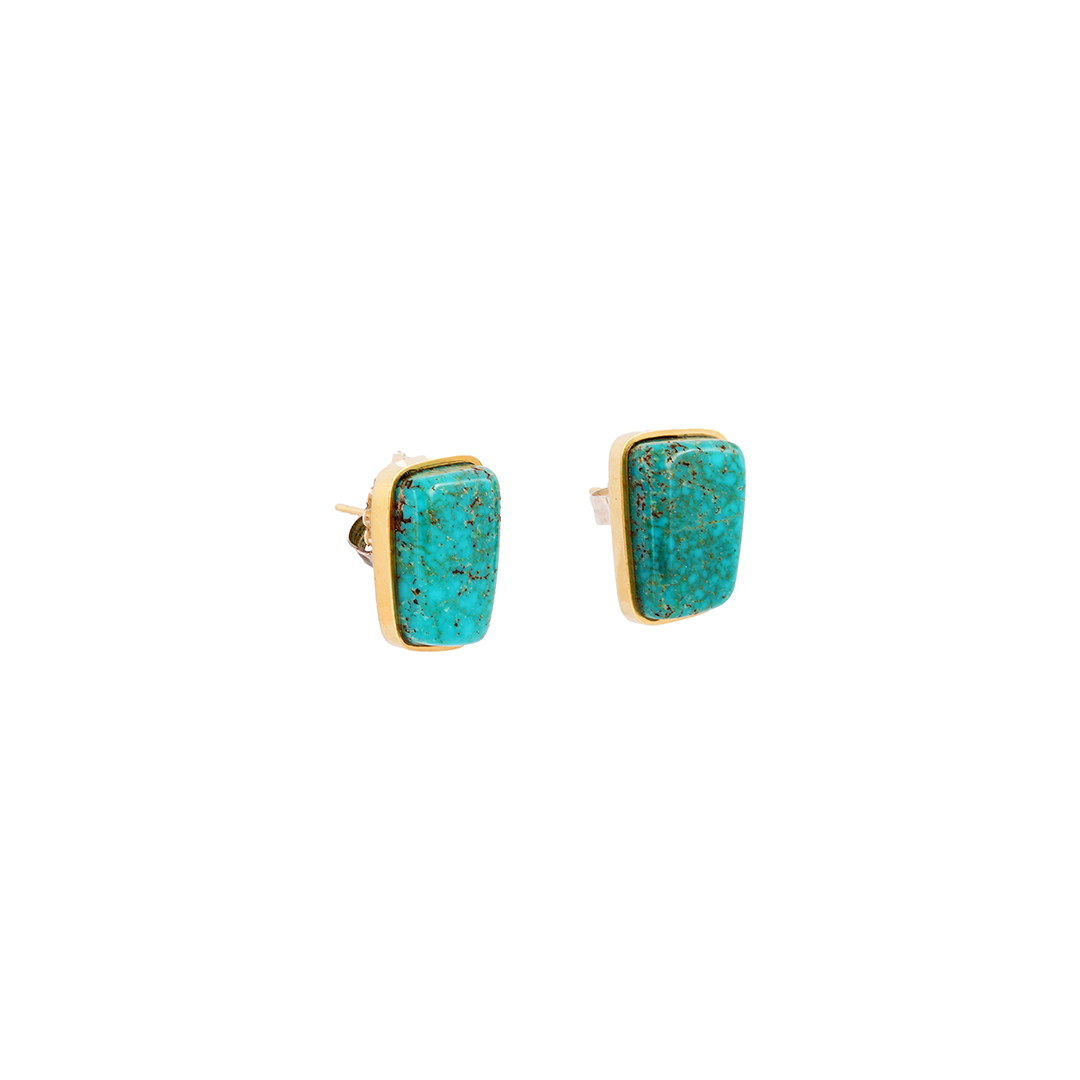Don Supplee was born in Ganado and grew up in Flagstaff, Arizona near the Hopi reservation. The son of two teachers, he was encouraged to pursue his dreams. Observing the jewelry making of his older brother Charles Supplee, an acclaimed silversmith, Don became fascinated by the intricate creative process. Utilizing metal fabrication, inlaying, and the ancient method of tufa (volcanic rock) casting, the budding artist quickly began to develop his own style. An exceptional craftsman with a natural eye for design, Don creates exquisite jewelry in both silver and gold, enhanced by diamonds and other precious stones as well as traditional turquoise. “I credit my love of nature and appreciation of the Hopi culture as primary sources of inspiration,” he says.
Garnering numerous awards at the Annual Intertribal Ceremony at Gallup, New Mexico, this jewelry designer has been written up by national magazines such as Arizona Highways and discussed in books including Art of the Hopi by Jerry and Lois Jacka. His artwork figured prominently in the 2002 Changing Hands exhibit in New York City at the American Craft Museum, as well as the 2002 Jewels of the Southwest at the Museum of Arts and Culture in New Mexico. Don has also been the featured artist at the Gilcrease Museum in Oklahoma, the Buffalo Bill Museum in Wyoming, and the Indian Craft Shop at the Department of the Interior in Washington, D.C. To view new jewelry by Don


